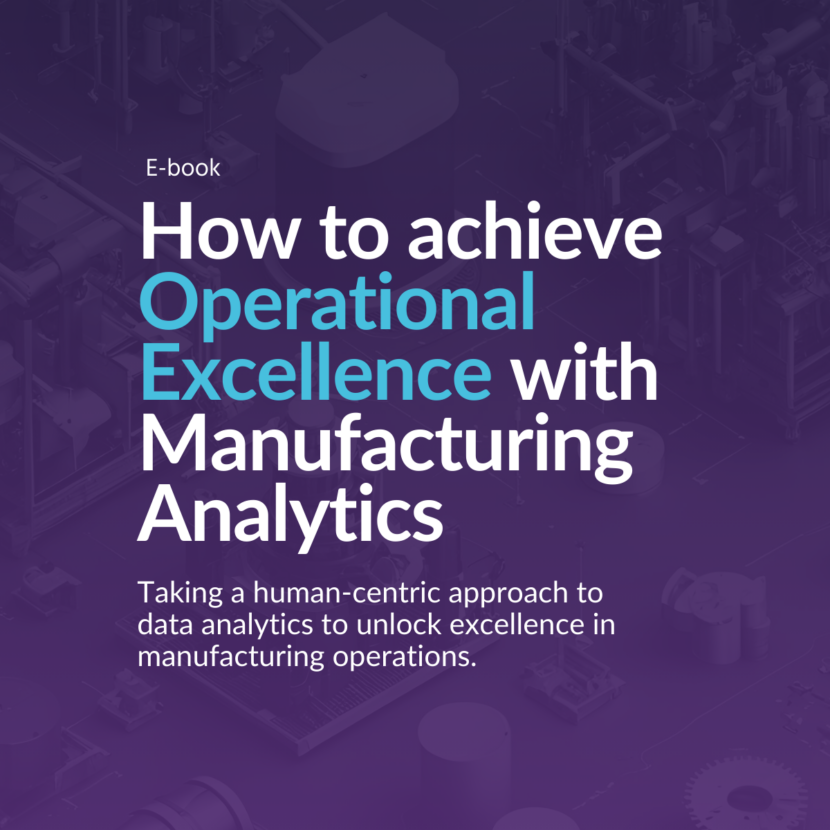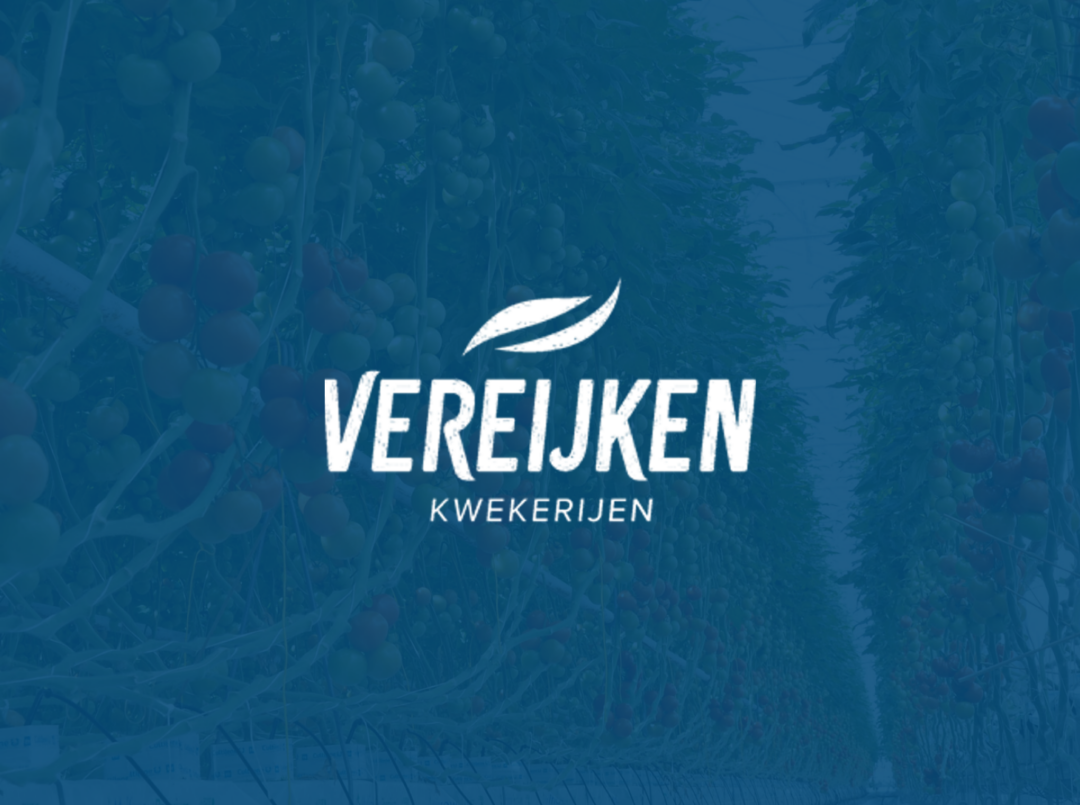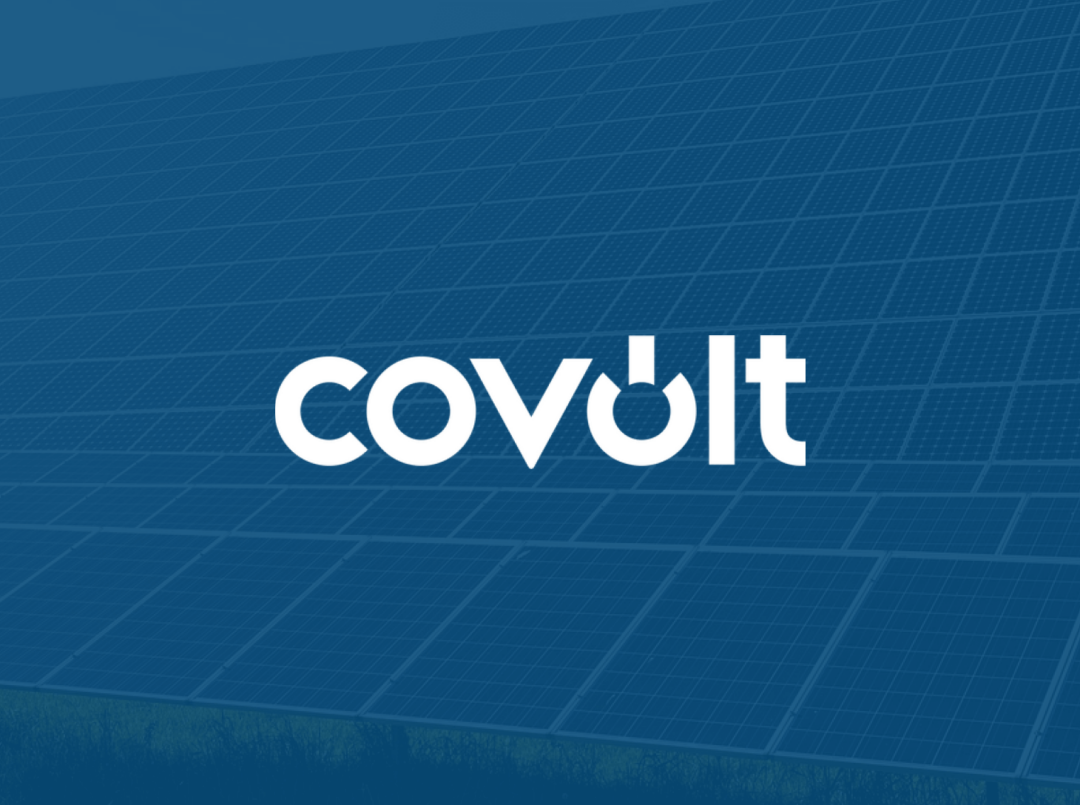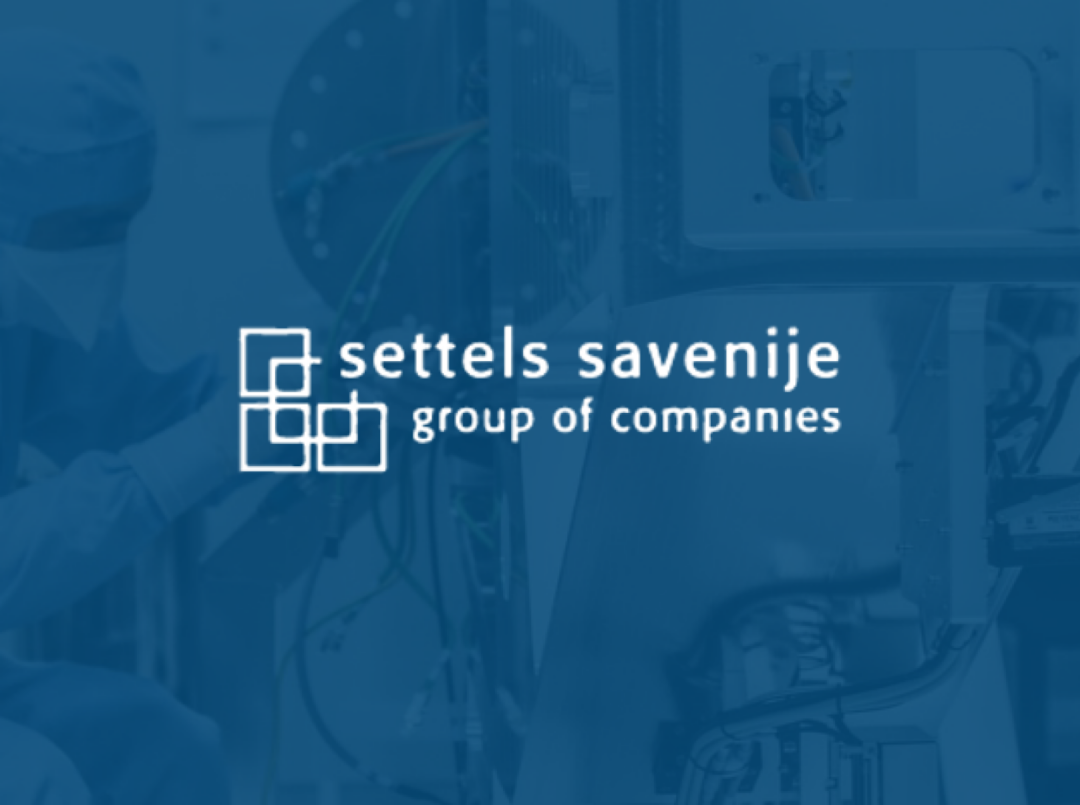Why
Manufacturing analytics is a powerful data-driven methodology that can help you uncover the cost drivers in your operations. In this blog you can learn more about how manufacturing analytics can help you uncover these cost drivers.
In today’s manufacturing environment, challenges like rising operational costs, unpredictable energy prices, and increasing regulatory demands are constant barriers to efficiency. Scaling operations efficiently while maintaining high product quality is becoming harder than ever. At the same time, reducing waste, minimizing downtime, and maximizing the productivity of both labor and machinery remain critical goals. But how do you extract actionable insights from the vast amounts of data your systems generate? You may have the raw data, but do you have the right tools and strategies to leverage it for measurable improvements?
Many manufacturing leaders express a desire to become more data-driven but struggle with knowing where to start and how to continue. Others have invested in analytics technologies but are unsure how to apply the insights effectively to their processes, resulting in missed opportunities for cost reduction and operational improvement. You might also be aiming to future-proof your business and get ready for Industry 4.0 but feel overwhelmed by the complexity of integrating digital technologies into your operations. These challenges are not uncommon. However, understanding and addressing them through a structured, human-centric approach to manufacturing analytics can be the key to unlocking operational excellence.








